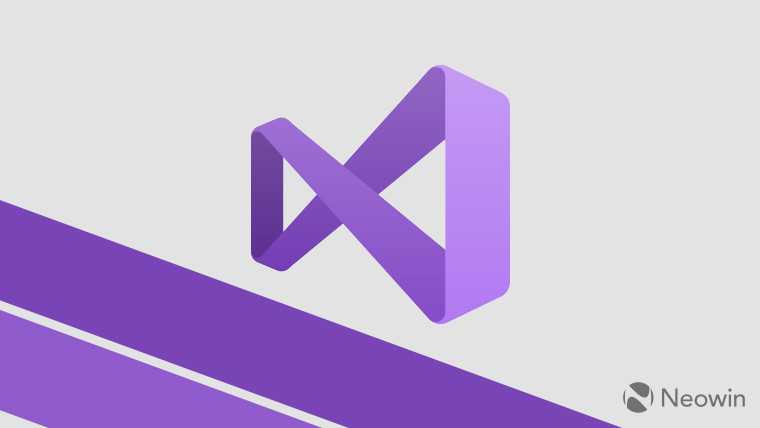

- #VISUAL STUDIO 2022 OFFICIAL RELEASE INSTALL#
- #VISUAL STUDIO 2022 OFFICIAL RELEASE UPGRADE#
- #VISUAL STUDIO 2022 OFFICIAL RELEASE CODE#
- #VISUAL STUDIO 2022 OFFICIAL RELEASE DOWNLOAD#
Hit Ctrl-V to paste the authorization code in, hit Continue and then Authorize GitHub Copilot Plugin. You will then be prompted to authorize Visual Studio with the GitHub Copilot service. Once it successfully completes, re-open Visual Studio 2022.
#VISUAL STUDIO 2022 OFFICIAL RELEASE INSTALL#
You will now be prompted to install the GitHub Copilot extension.
#VISUAL STUDIO 2022 OFFICIAL RELEASE DOWNLOAD#
Press download and, when asked, close Visual Studio. Once you have received an email from GitHub confirming you have access, in Visual Studio 2022 go to Extensions > Manage Extensions and search for GitHub Copilot. While spaces are limited, we are continuing to add more developers into the preview as we increase capacity of the service. Getting startedįirst of all, you’ll need to sign up for the waitlist to get access to the GitHub Copilot technical preview before installing the Visual Studio 2022 extension. Today, we are adding our top requested IDE: Visual Studio 2022. These tricks will work for most tasks in the azure-pipelines-tasks repository, as long as it doesn't depend on a UI extension or service connection type that isn't available in your version of Azure DevOps Server.Since we launched GitHub Copilot into technical preview last year, we’ve been busy learning from the feedback we’ve been receiving as well as expanding the numbers of people with access to the technical preview and the places where you can use it. You can do so by setting the following environment variable at the system level on your server before launching the agent: AZP_AGENT_DOWNGRADE_DISABLED=true You may need to force Azure DevOps Server to not downgrade back to its preferred agent version. You will need to install the most recent agent from the azure-pipelines-agent repository for it to auto-detect Visual Studio 2022, or alternatively add the capabilities to the agent manually. Instead, they will be installed side-by-side as true temporary tasks with a unique name and a unique task id.
#VISUAL STUDIO 2022 OFFICIAL RELEASE UPGRADE#
Note: These tasks won't automatically upgrade your tasks in-place. When Microsoft releases its updated tasks, simply uninstall the extension from your project collection.

& tfx extension create -manifests vss-extension.json -output-path visual-studio-2022-tasks.vsix -publisher $publisherId -extension-id $extensionId Build private extension pack for the required tasks $extensionManifest | ConvertTo-Json -depth 100 | Out-File "vss-extension.json" -Encoding utf8NoBOM $extensionManifest.version = "1.$version.0" $manifest | ConvertTo-Json -depth 100 | Out-File $manifestPath -Encoding utf8NoBOM $manifest.id = ::Create($manifest.id, $manifest.name).ToString() $resources | ConvertTo-Json -depth 100 | Out-File $resourceFile -Encoding utf8NoBOM $resources."loc.friendlyName" = $iendlyName $resources = (gc $resourceFile) | ConvertFrom-Json $resourceFiles = dir "$taskDir\Strings\resources.resjson\resources.resjson" -recurseįoreach ($resourceFile in $resourceFiles) $manifest.name = "$kind-$($manifest.name)" $manifest = (gc $manifestPath) | ConvertFrom-Json & git reset -hard origin/releases/m$versionĬopy "./_build/Tasks/$task" $taskDir -Recurseįoreach ($taskManifest in $taskManifests) $taskMetadatas = $tasks.value | ? | measure-object -maximum $tasks = Invoke-RestMethod -Uri "$url/_apis/distributedtask/tasks" -Method Get -ContentType "application/json" -Headers $header | ConvertFrom-Json -AsHashtable "MSBuild", "DotNetCoreInstaller", "DotNetCoreCLI")

If you have access to an Azure DevOps organization, you can download the original zips straight from its stores and install them into your target project collection: $tasksToDownload = "VsTest", "VsTestPlatformToolInstaller", Download the tasks from Azure DevOps cloud


 0 kommentar(er)
0 kommentar(er)
